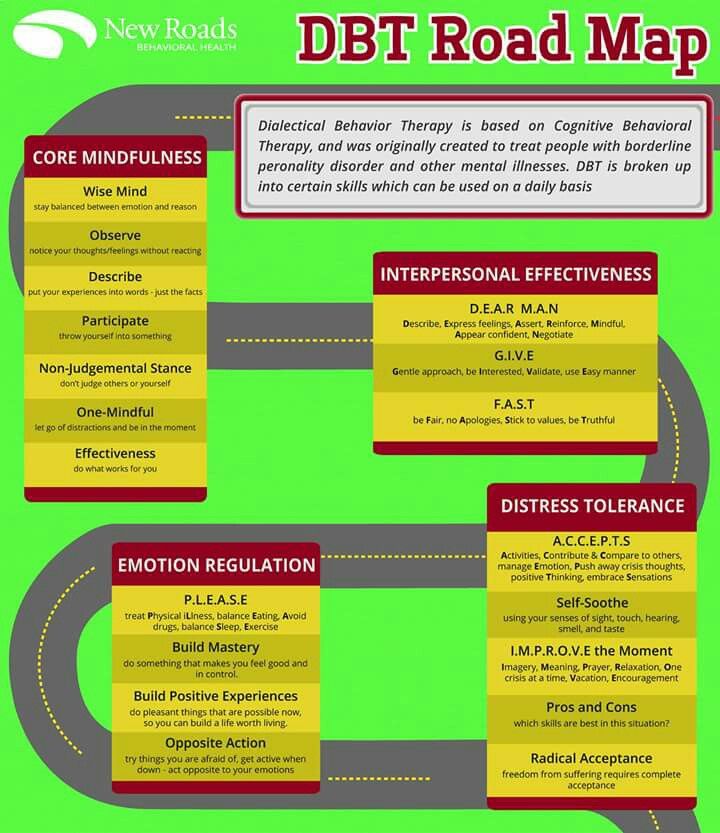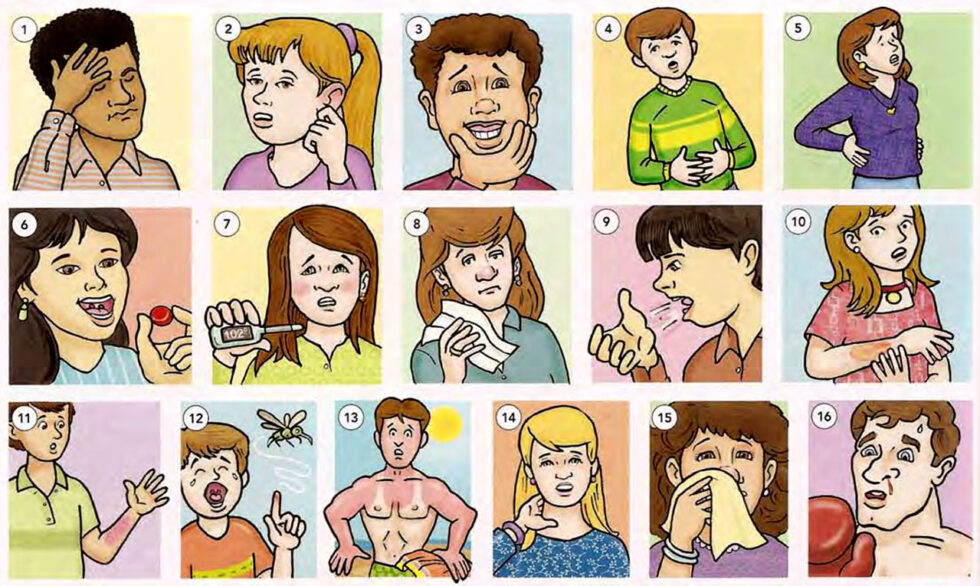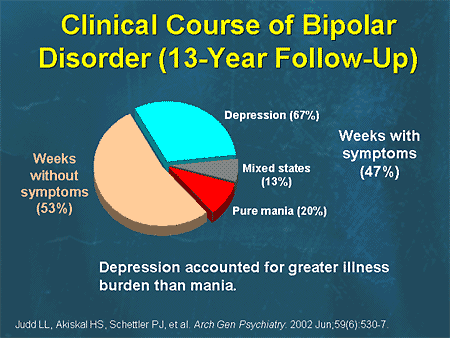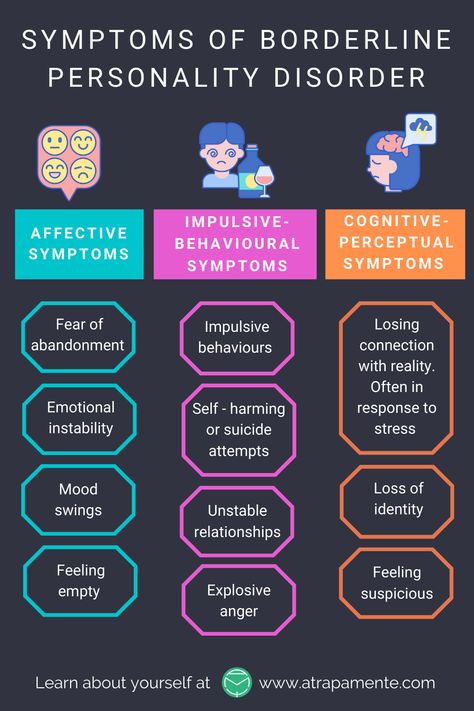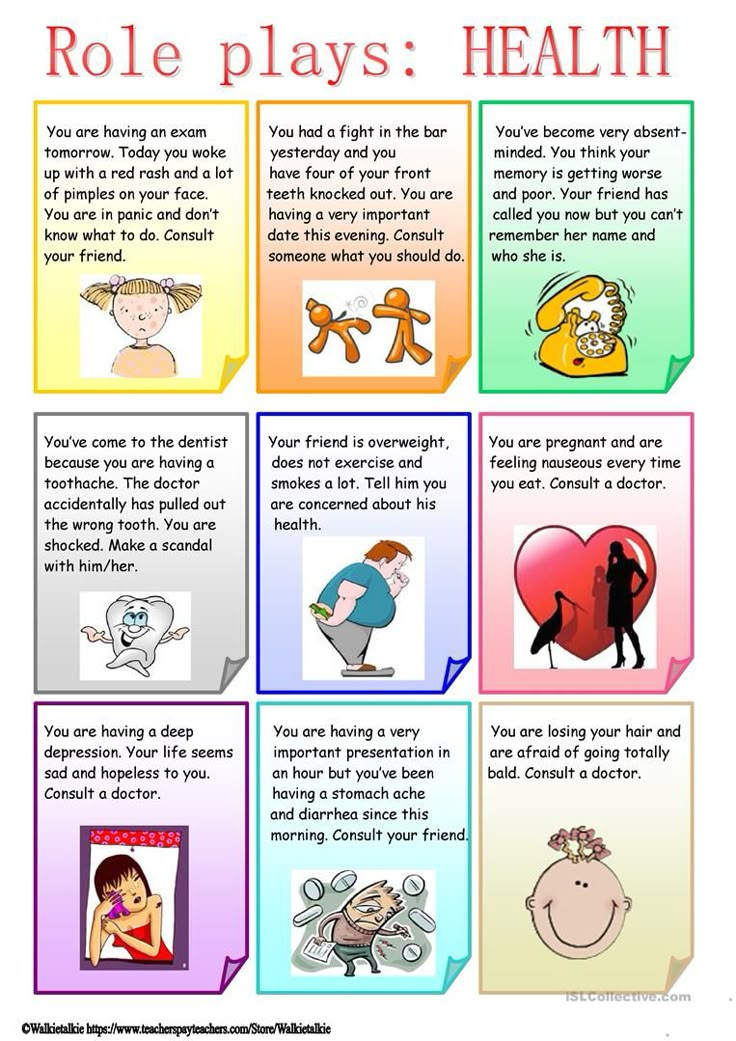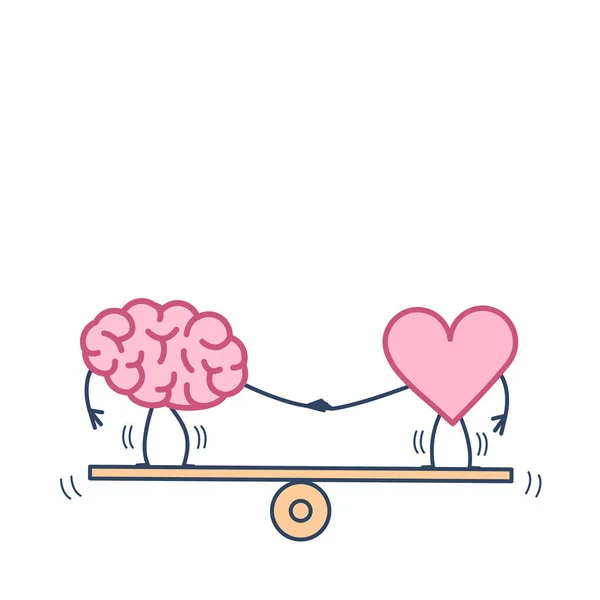Facts about pet therapy
Pet Therapy Statistics In 2022 — Benefits, Facts & More
Pet therapy statistics show the fantastic influence animals have on our mental and physical health. It has helped many people who struggle with traditional therapies.
To help you understand pet therapy and its benefits, we’ve gathered the most interesting stats and facts about it.
- 74% of pet owners say their mental health improved because of their animals.
- The US has over 500,000 service animals that help physical and mental ailments.
- There are over 50,000 trained therapy dogs in the US.
- Petting a pup can stabilize your blood pressure.
- 20% of US children need help with their mental health.
- Over 60% of US colleges have a pet therapy program.
- 81.8% of children with ASD prefer to play with animals over toys.
- 60% of US hospice providers use complementary pet therapies.
Animal Assisted Therapy Statistics
Using animals in therapy has been around for centuries. But in the last few decades, more studies have revealed the effect animals have on us. Let’s have a look at how these incredible creatures help.
1. 74% Of Pet Owners Say Their Mental Health Improved Because of Animals.
(Source: Web MD)
- The US has over 500,000 service animals.
- Depressed patients can struggle with isolation and the desire to go out. So a pup is among the best options to get them out and socialize with others. A solid social circle can increase life expectancy by 50%.
- Pet therapy statistics in psychology show that animals release oxytocin in the human brain. It’s the love hormone that makes us feel all warm and fuzzy inside. Thankfully, there are over 50,000 trained therapy dogs in the US.
But that’s not all. Pets can help other illnesses, too.
2. Petting a Pup Can Stabilize Your Blood Pressure.
(Source: Paws for People)
- Owning a pet can even reduce your risk of heart attack and disease.

- For those who suffer from anxiety, interacting with an animal can decrease their heavy breathing. Calm dog breeds are a great option.
- Animals can also reduce our pain. A 2009 London study found that patients with total joint replacement needed 50% less pain medication with canine therapy.
Let’s have a look at what pets can do for children.
Statistics of Children Using Pet Therapy
Let’s have a look at how pet therapy might help children with learning disabilities or mental illness.
3. 20% of US Children Need Help With Their Mental Health.
(Source: Journal of Pediatric Nursing)
- Out of those, 20% will receive the needed treatment.
- Hospitalizations are incredibly stressful for kids since they don’t understand what’s happening. Besides, MRIs can be near impossible. But 90.4% of children completed their MRIs successfully after animal-assisted interventions.

- Sexually abused children suffer terrible anxiety. But having an animal during a forensic interview helps their stress, lowers blood pressure, and makes them open up much more.
But that’s not all. Therapy dog statistics show a decrease in children’s mental health disorders.
4. PTSD Animal Therapy Works Brilliantly for Children.
(Source: Dominican University of California)
- Between 3%–15% of girls and 1%–6% of boys will develop PTSD in their childhood.
- US children’s services report incidents involving 5.5 million a year. Of those, 30% experience abuse.
- Also, 65% are neglected, 18% physically abused, 10% sexually abused, and 7% mentally abused.
So it’s no surprise that pet therapy helps with children’s anxiety.
Statistics on Pet Therapy for College Students
College is a new and often scary experience for most students. Let’s have a look at some stats that give the whole picture.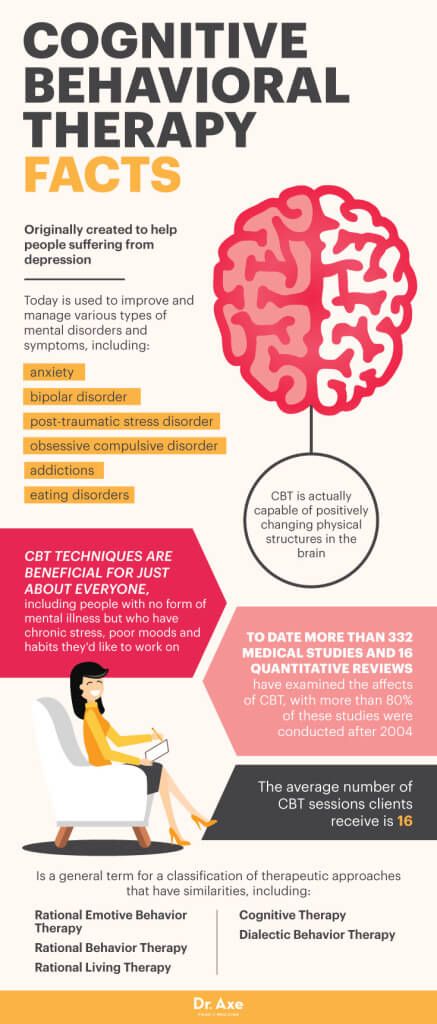
5. In 2019, 65.7% of US College Students Felt Overwhelming Anxiety in the Last Year.
(Source: American College Health Association)
- In 2019, 55.9% of college students felt hopeless in the last year.
- Also, a staggering 87.4% felt overwhelmed by their tasks. Sadly, 65.6% felt very lonely.
- Over 60% of US colleges have a pet therapy program.
But let’s see if animal therapy statistics improved these students’ lives.
6. Around 96% Of College Students Are in Favor of Pet Therapy on Campus.
(Source: Modern Psychological Studies)
- Countless studies between 1994–2019 found pet therapy very successful for reducing depression, homesickness, stress, loneliness, and anxiety in college students.
- Plus, it helped with participation and compliance. Students in pet therapy programs had a zero dropout rate. It’s a massive improvement compared to the undergraduate level with a 40% dropout rate.

- Students are 94% more likely to seek out mental help with pet therapy than traditional one-on-one counseling.
Pet therapy statistics for college students show promising success. What about people with other medical conditions?
Pet Therapy and Autism Statistics
Autism spectrum disorder (ASD) includes a broad range of conditions that cause social and behavioral issues, particularly with verbal and nonverbal communication.
7. ASD Will Affect 1 in 54 US Children.
(Source: Autism Speaks)
- ASD treatments are few and far between, but some help to alleviate the severity. And one of those is pet therapy.
- People with ASD can struggle to form relationships with others. That depends on the disease severity, but over 50% of them share this symptom.
- Doctors tried pet therapy to see if autistic people will form bonds with animals easier since there’s no need for verbal communication. And ASD patients reacted fantastically to animals in their surroundings.
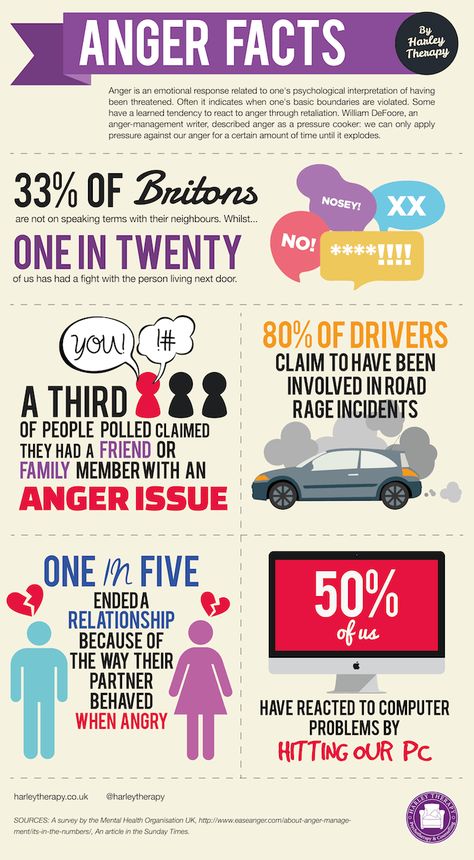
Let’s dive deeper into pet therapy facts for people with ASD.
8. 81.8% Of Children With ASD Prefer To Play With Animals Over Toys.
(Source: Public Library of Science)
- Studies have shown that ASD children are much more relaxed around and communicate better with animals. There are some wonderful family-friendly dog breeds if you’re looking to invite a fluffy friend into your home.
- An eight-week study of guinea pigs around 64 children with ASD showed increased social behavior like talking and physical contact.
- Using smaller animals like guinea pigs is quite a recent alternative. Children with ASD have had great success with horses, but you can’t bring those into the classroom.
Now, let’s turn to pet therapy statistics of success in domestic violence victims.
Pet Therapy Statistics — Domestic Violence Victims
Domestic violence is a cycle of abuse that brings suffering to the entire household.
9. 71% of Domestic Violence Survivors Said the Pets Were Threatened or Abused.
(Source: Humane Society)
- Also, 88% of abused children come from homes where animal abuse takes place.
- It has led to 32% of children abusing animals at home.
- 48% of survivors said leaving or losing their pets is why they stayed in the home for so long.
Animal-assisted therapy statistics show that pets and domestic abuse go hand in hand. It’s so common that police investigate people found guilty of pet abuse. And that’s saved countless victims. But both pets and humans need rehabilitation, so how can therapy animals help?
10. Trauma Patients Have a Much Easier Time With Animal Assisted Therapy.
(Source: Department of Sociology, Saint Leo University, Florida)
- Domestic violence survivors often struggle to open up in traditional therapy, especially if sexual violence is involved. Animals in therapy have shown a dramatic improvement in survivors speaking about their issues.

- Pet therapy statistics show that abuse victims trust their therapist or counselor much quicker with an animal present, especially if it’s a dog.
- Many of these positives come from dogs’ emotional intelligence. They understand humans on a different level, knowing when to help and when to back away instinctually.
Emotional support animals gained incredible popularity over the last decade. Now, there’s more acceptance of animal support and the positive impact it can have on patients. There are more than 65,000 emotional support animals in the US.
Statistics on the Use of Pet Therapy Among Alzheimer’s Sufferers
Older individuals have difficulty with mental illness, particularly with diseases like Alzheimer’s. Let’s take a look to see if animals can help.
11. 60% of US Hospice Providers Use Complementary Pet Therapies.
(Source: Alliance of Therapy Dogs)
- A study looking at in-house Alzheimer’s treatment found that patients dining in front of a tank with bright-colored fish have a higher chance of eating more and don’t pace as often.

- Four-legged furry friends can provide a sense of calm and responsibility, which patients often feel they lose as the disease progresses.
- Service animal statistics show that dogs around Alzheimer’s patients should be trained how to behave. But it’s easy to lose your pet. That’s why we recommend looking into a dog GPS tracker just in case.
We know what great impact pets have on our lives, and we shouldn’t deprive older individuals of this love. Alzheimer’s is scary, and patients can truly benefit from an animal bond.
Wrap Up
Pets, service animals, and therapy animals can improve our quality of life significantly.
The benefits of animal-assisted therapy far outweigh any negative implications. Some people even depend on animals for life-saving interventions.
We believe everyone deserves the love of animals, and animals deserve to feel loved. Since they thrive off helping humans, it’s a win-win for everyone.
FAQ
How does pet therapy work?
Pet therapy can be simply having an animal present during traditional therapy sessions or patients actively visiting animals. Emotional support animals are often prescribed for conditions like anxiety and depression, but that’s not the same as pet therapy.
Emotional support animals are often prescribed for conditions like anxiety and depression, but that’s not the same as pet therapy.
What is a therapy dog used for?
Therapy dogs bring comfort in a setting that some might find intimidating. The animal can be in the room during vocal therapy, or the patient can pet and cuddle it throughout the session.
How common is animal-assisted therapy?
Animal therapy has been around for centuries and started being properly documented in the 1960s. Today, we understand much more the benefits of animal-based therapy. Roughly 60% of US hospice providers use complementary pet therapies in helping elderly patients. The country also has over 65,000 emotional support animals.
Is pet therapy effective?
Absolutely! Countless studies show how it’s helped people with mental illness, learning disabilities, the elderly, and domestic violence victims. According to pet therapy statistics, it’s most effective for people struggling with traditional therapies, especially when opening up about traumatic events.
- Web MD
- Paws for People
- Journal of Pediatric Nursing
- Dominican University of California
- American College Health Association
- Modern Psychological Studies
- Autism Speaks
- Public Library of Science
- Humane Society
- Department of Sociology, Saint Leo University, Florida
- Alliance of Therapy Dogs
28 Most Enticing Pet Therapy Statistics (2022 UPDATE)
Pet therapy statistics show that felines and canines are the most frequently used animals in pet therapy. However, pigs, horses, and even fish can be beneficial too.
If you have ever been wondering what the figures show about this alternative treatment method, then you are in luck. This article will be all about the most mind-boggling stats and facts about animal therapy on the web.
So, let’s dive right in!
- There are more than 50,000 therapy dogs in the US.
- 71% of pet owners know their pets can improve both physical and mental health.
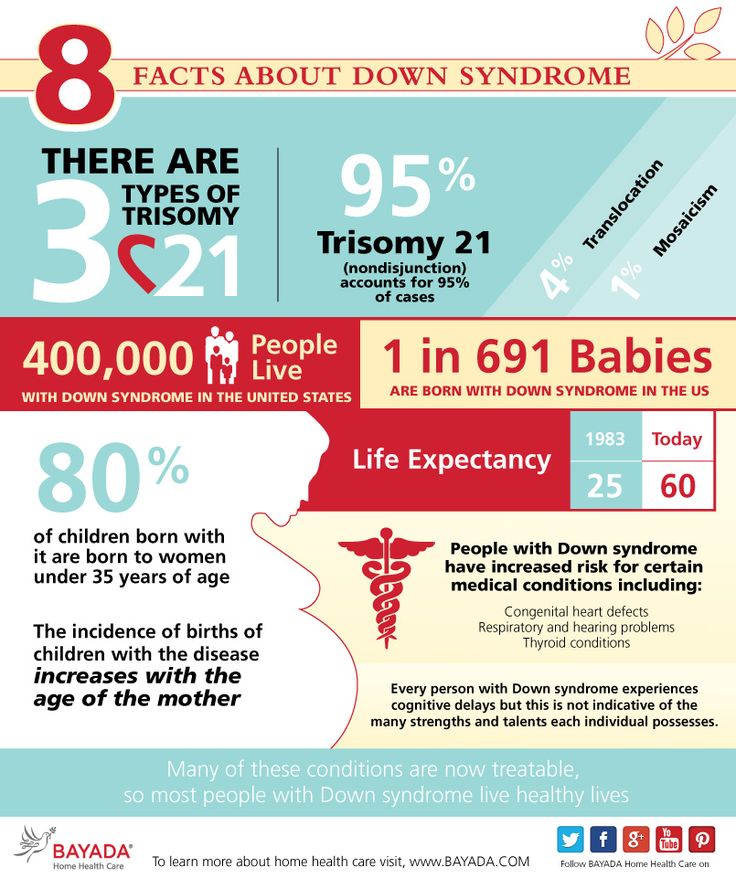
- There was a surge in therapy dog adoption during the Coronavirus pandemic.
- 93% of animal owners say veterans with PTSD should have a service animal.
- CHLA had to move its animal therapy program online due to COVID.
- 48% of service dogs help patients with mobility.
- The therapeutic properties of riding horses date back to 600 BC in Greece.
- Senior pet owners report 30% fewer calls for medical treatment.
- 88% of pet owners know that pets can reduce stress levels in humans.
- 2% of surveyed Millennials with pets experienced mental health improvements.
Now that you’ve seen the most important figures let’s move on to the stats!
What is animal–assisted therapy? Animal-assisted therapy, or pet therapy, is an ancient practice used to help people recover from or manage different mental illnesses or health issues such as hypertension and cancer.
Here are some impressive stats!
1. 71% of surveyed pet owners know their pets can improve both physical and mental health.
(HABRI)
The CRG and the HABRI conducted a survey involving 2,000 animal owners. The research found that the majority of participants know that pet ownership helps with mental and physical health.
Still, animal–assisted therapy statistics reveal that merely 54% of them reported signs of improvement thanks to animal-assisted physical therapy.
2. Moreover, 80% of these pet owners spend a large portion of the day with their animal companions.
(HABRI)
On the other hand, 71% of pet owners who were unaware of these health benefits did the same. Overall, 77% of animal owners firmly believe that their companions benefit from interactions with their owners as well.
3. 61% of animal owners would visit a vet more often if the human-animal bond and its health benefits were discussed more.
(HABRI)
Animal therapy facts show that only 25% of Millennials respondents discussed the health benefits of owning a pet with their vet.
Chart by Visualizer
The percentage is even lower for respondents belonging to Generation X (16%) and Baby Boomers (6%).
4. An impressive 93% of animal owners claim that veterans with PTSD should be provided service animals by the government.
(HABRI)
Furthermore, 87% of respondents would buy products from businesses that were pet-friendly. Additionally, 58% of animal owners claim they should be allowed to bring their pets to work.
(PlosOne)
A study analyzed 24 children with solid tumors and leukemia and the effect of animal-assisted therapy. Children were aged 6 to 12, and 58% of them were girls.
The research used two canines — a golden retriever and a Labrador retriever. The children participated in different activities like gait training, socialization, and sensory stimulation.
The results showed a decrease in irritation, stress, and pain and a slight improvement in the symptoms of depression.
(Nature)
Scientists conducted a study with 19 patients undergoing neurorehabilitation due to brain injury. They found that patients displayed a noteworthy increase in social behavior after receiving both traditional therapy sessions and animal-assisted therapy sessions.
They found that patients displayed a noteworthy increase in social behavior after receiving both traditional therapy sessions and animal-assisted therapy sessions.
Additionally, the participants showed an increase in mood, overall satisfaction, and positive emotions in the presence of a friendly animal.
7. American animal-assisted therapy statistics from 2020 reveal that there are currently 4.28 million people in the workforce, with the number growing by 4.06%.
(Data USA)
The future of animal-assisted therapy seems bright. The number of animal-assisted therapy workers is growing. However, in 2017, merely 35 degrees were awarded in total, displaying a decline of 14.6%.
Also, an employee’s average age is 42.8, whereas the average wage is $75,291 (growing by 1.55%).
8. Numerous animal-assisted therapy research papers reveal that therapy with animals helps reduce pain-induced insomnia.
(NCBI)
A clinical trial from 2019 analyzed the effects animal-assisted therapy had on improving pain awareness in polymedicated geriatric patients suffering from chronic joint pain.
The trial included 52 patients. 90.4% of which were women, and the average age was 77.50. The research found that animal-assisted therapy helped reduce the awareness of pain, as well as pain-induced insomnia.
9. After 19 years, the CHLA had to move their animal therapy program online due to the Coronavirus pandemic.
(CHOC)
This children’s hospital has been known for its fantastic animal therapy program for years. The program has 127 dog-patient teams. Dogs help children during physical therapy. They also help ease kids’ anxiety before surgery or relax them during check-ups.
Unfortunately, due to Covid-19, the hospital couldn’t go on with the program. Luckily, they switched to online therapy sessions, which gave pretty good results.
Dogs are the most common therapy animals. And you can guess the reason. They provide us with comfort, affection, and unconditional love.
10. There are more than 50,000 therapy dogs in the US.
(National Geographic)
Therapy dogs are trained canines certified by different corporations to help patients with various mental and physical illnesses.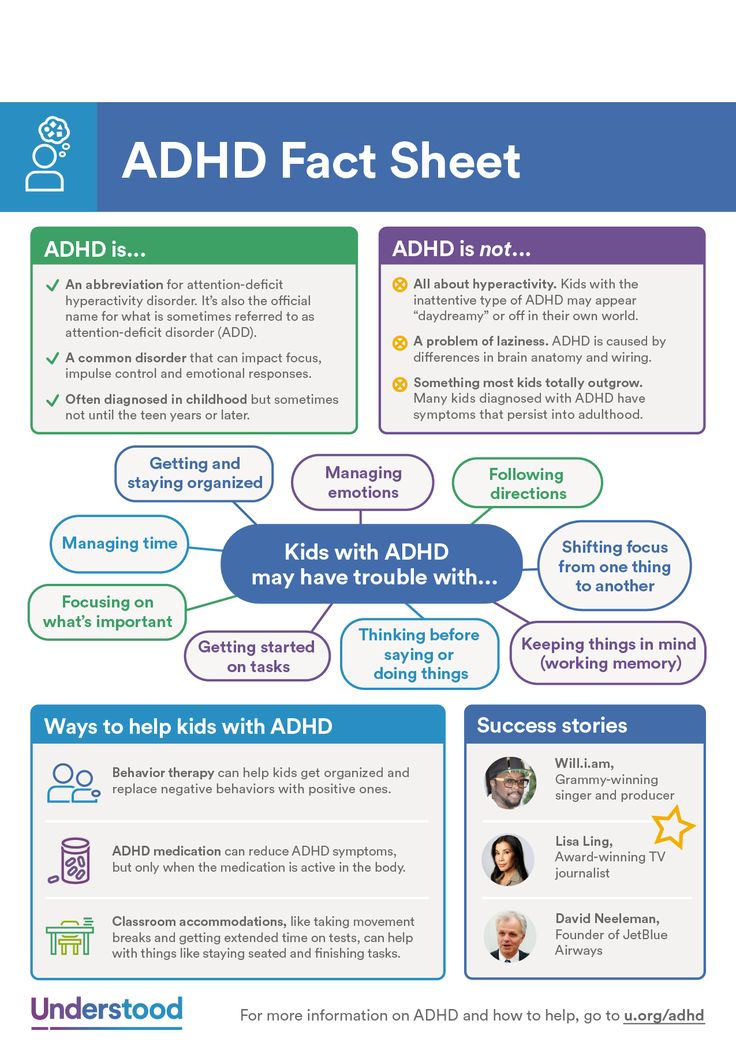 As a result, they’re used in a medical setting by occupational and physical therapists to help patients meet their recovery goals.
As a result, they’re used in a medical setting by occupational and physical therapists to help patients meet their recovery goals.
11. There’s been a surge in therapy dog adoption during the Coronavirus pandemic.
(NBC15)
The overall dog adoption numbers have jumped during the Covid-19 lockdown. There was an exceptionally high demand for therapy puppies. The pandemic, lockdown, and attending school online, this period was especially hard on kids.
Marshall business owner Cindy Brosig has been helping kids and their dogs. Brosing assisted in connecting the dogs and kids as a form of animal-assisted therapy.
12. Therapy dog facts reveal canine-assisted psychotherapy is beneficial for adolescents suffering from mental health problems.
(PlosOne)
The study, published in 2019, tried to identify the impact of canine-assisted psychotherapy on mentally ill adolescents. It analyzed their tolerability, feasibility, and acceptability.
The results were positive. They showed a considerable increase in socialization and engagement behaviors and a reduction in disorderly conduct.
They showed a considerable increase in socialization and engagement behaviors and a reduction in disorderly conduct.
13. Therapy dogs are appropriately nicknamed “comfort dogs.”
(Verywell Mind)
The reason behind this cute nickname is that therapy dogs support an individual’s mental wellbeing by providing ultimate comfort and unconditional love.
The best thing about “comfort dogs” is that practically anyone can enjoy their presence. Be they young, old, healthy, or sick.
14. Age-old facts about therapy dogs reveal that golden retrievers are the most commonly used breed.
(Verywell Mind)
As long as it’s good-natured, any breed can become a therapy dog with some training. However, the most frequent breeds include standard poodles, Labradors, and St. Bernards.
Tiny breeds, such as the Pomeranian, also make excellent therapy dogs due to their friendly temperament.
15. Therapy canines in school classrooms reduce stress and promote a positive atmosphere, according to recent therapy dog research.
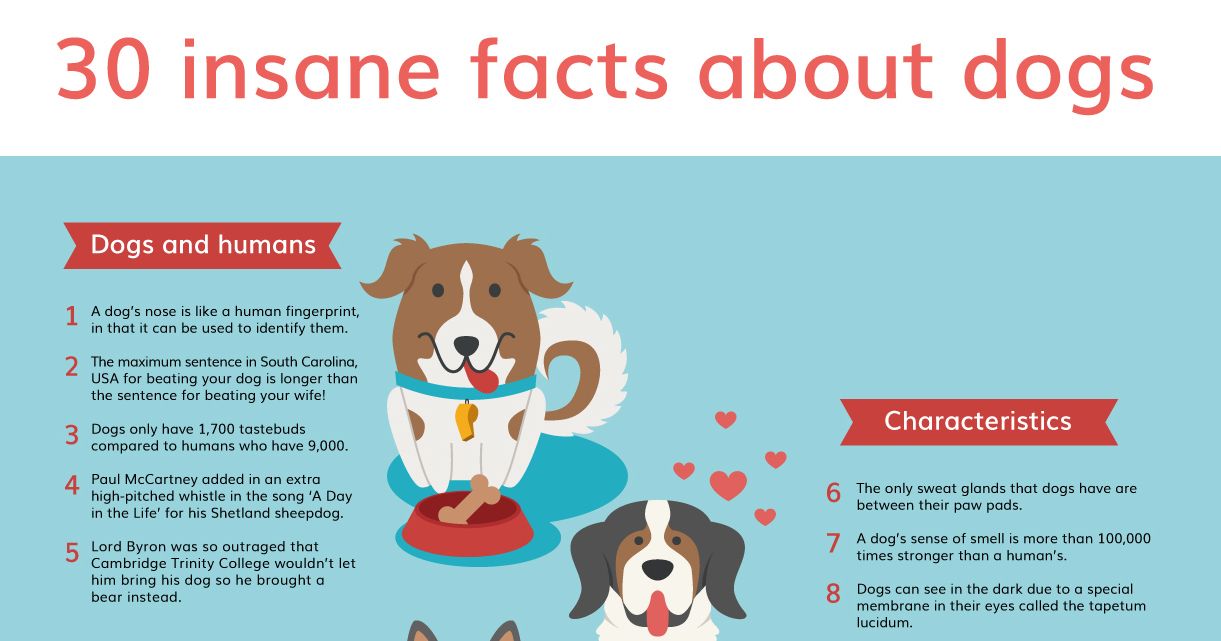
(We Are Teachers, NCBI)
According to some recent findings, even petting a dog can lower blood pressure and reduce heart rate.
Findings also reveal that the psychophysiological and psychological effects in the human body happen due to oxytocin activation. The hormone is also known as the “love hormone” or the “cuddle hormone.”
By reducing stress and anxiety in the classroom, children are more likely to focus on their assignments.
16. Some therapy dogs have been out of work for more than six months because of the Covid-19.
(NBC Boston)
Many people lost their jobs because of the Coronavirus outbreak. But the pandemic affected some working animals, too.
Some therapy and comfort dogs were sidelined and out of a job for more than six months because of social distancing. Luckily, they’re slowly getting back to spreading love again.
Both service and therapy dogs are fantastic helpers. However, there’s one main difference between a service dog and a therapy dog.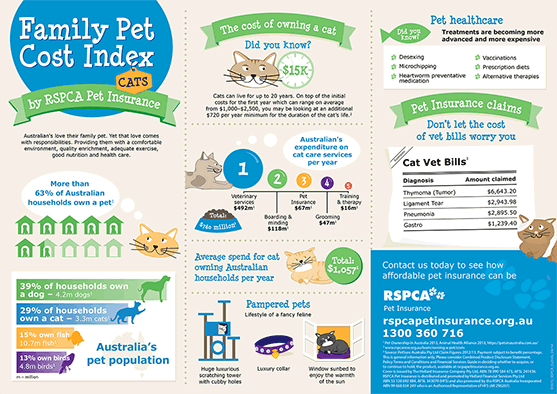
A service dog helps disabled patients, such as those with a seizure disorder, diabetes, and visual impairments. A therapy dog is an expert in providing people with affection and comfort in schools, retirement homes, hospitals, and other facilities.
17. There are an estimated 500,000 service dogs in the US ready for duty.
(Share America, Canine Journal)
According to the Americans with Disabilities Act, these puppies can go anywhere their handler needs to go.
18. According to pet therapy facts, 48% of service dogs help patients with mobility.
(Assistance Dogs International)
Another 23% of service dogs help patients with autism, while 19% help veterans suffering from PTSD. Additionally, 4% are diabetic alert service dogs, while 2.5% are seizure service dogs.
In total, there were 16,766 assistant dogs in 2018 in the ADI Oceania Region, ADI North America Region, and Non-Regions. Whereas there were 10,845 assistant dogs in the ADEU Region.
Equine Therapy Facts
As we mentioned, dogs and cats may be the most common therapy animals, but horses are equally efficient.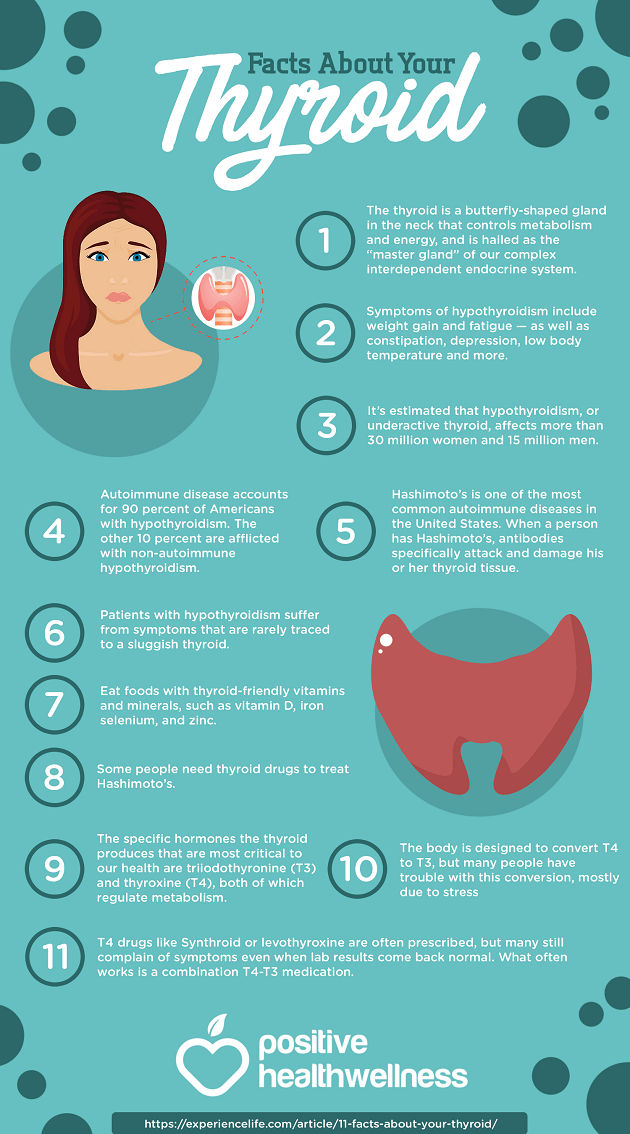
19. The therapeutic properties of riding horses date back to 600 BC in Greece.
(The Anxiety Treatment Center)
Equine therapy was immensely popular in ancient Greece. It was also popular later in Scandinavia in 1946 following the poliomyelitis outbreak.
With the creation of the Community Association of Riding of the Disabled, riding as a form of therapy was introduced to Canada and America in 1960.
20. The two main reasons horses are perfect therapeutic animals are their ability to be completely unbiased and mirroring.
(The Anxiety Treatment Center, Horse Properties)
Pet therapy research suggests equine therapy is exceptionally effective in treating patients with a wide array of disorders as horses can be non-judgmental and patient.
Furthermore, horses are sensitive and observant creatures. They provide the patient with quick feedback, helping them be more aware of themselves.
Interestingly, the equine population in Texas is nearly 1 million.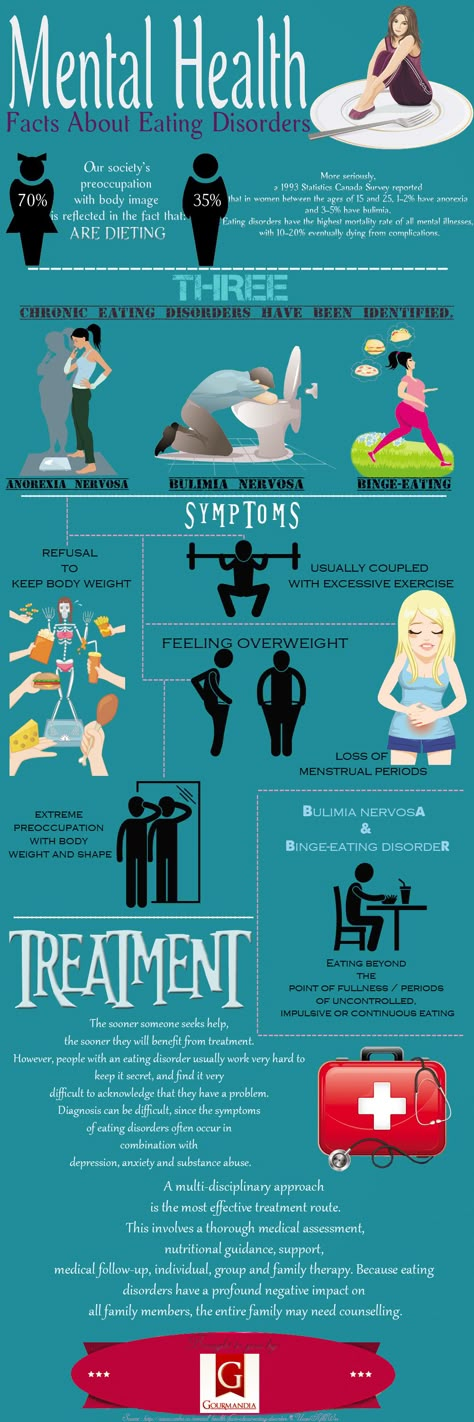 Due to the popular cowboy lifestyle, the Lone Star State has almost 300,000 more horses than the runner-up — California.
Due to the popular cowboy lifestyle, the Lone Star State has almost 300,000 more horses than the runner-up — California.
Unconditional love and comfort aren’t the only benefits pets provide. Pet ownership brings many health benefits, as well. Here are the most interesting.
21. Senior pet owners report 30% fewer calls for medical treatment than seniors who don’t own pets.
(Harbor Healthcare & Rehabilitation Center)
This number shows that pets are incredibly beneficial for reducing stress in senior pet owners. Not only that, but pet ownership can also help save money spent on expensive medical bills.
22. 88% of pet owners know that pets can reduce stress levels in humans.
(HABRI)
Pet therapy statistics reveal that 86% of participants are aware pets can reduce depression. Moreover, 80% were aware of its healing effects on people with PTSD. Another 60% were aware that pet ownership is excellent for people suffering from heart-related conditions too.
23. Only 62% of surveyed Millennials experienced mental health improvements due to owning a pet, compared to 83% of Baby Boomers.
(HABRI)
74% of surveyed pet owners claimed to have experienced improved mental health from owning a pet, according to pet therapy statistics. Moreover, 55% of surveyed individuals claimed that a family member or a friend experienced improved physical health from owning a pet.
24. After discovering the health benefits of pet ownership, 92% of animal owners are more likely to take care of their pet’s overall health.
(HABRI)
This means that almost all surveyed individuals are more likely to take their pets to get preventative vaccines and medicine. Additionally, 88% of animal owners are more likely to care for their pet’s nutritional needs. Whereas 51% are more likely to consider getting health insurance for their companion.
FAQ
25. How did animal–assisted therapy begin?
Few people know that animal-assisted therapy started with the Ancient Greeks around 600 BC.
According to the history of animal-assisted therapy, the Greeks first used horses as therapy animals, as they proved to be highly effective in uplifting the mood of the seriously ill.
In the 1800s, a researcher, Florence Nightingale, led to different experiments that involved the interaction between humans and animals. This eventually resulted in the development of the Human-Animal Bond theory.
Most importantly, Dr. Boris Levinson is credited with the first research and therapeutic work on the topic. In short, in therapy sessions, Levinson found that pet dogs benefit young, impaired patients.
26. What are the benefits of animal therapy?
It has been shown that interacting with a pet can aid in various mental and physical issues such as insomnia and anxiety disorder. Some of the many benefits of animal-assisted therapy include:
- Stress reduction
- Pain alleviation
- Reduced blood pressure, and
- Improved mental state.
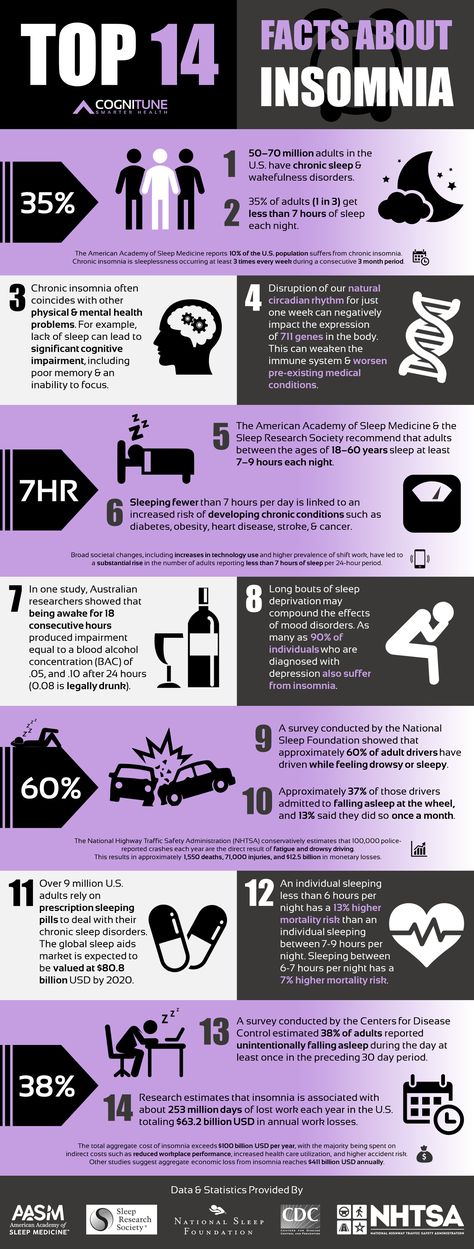
Additionally, pet therapy helps with:
- Improving joint movement and motor skills
- Developing social skills
- Increasing motivation for exercise
- Decreasing isolation and loneliness, and
- Helping kids develop nurturing and empathic skills.
27. How does pet therapy relieve stress?
One of the biggest benefits of pet therapy is the reduction of stress and anxiety levels. When interacting with a friendly animal, the human brain releases “feel-good” chemicals called endorphins that make the patient feel relaxed and more at peace.
Hence, interacting with a pet can produce the same effects as eating a piece of dark chocolate or squeezing in a workout. By activating the opioid receptors found in the nervous system, endorphins produce euphoria.
28. Who can benefit from animal–assisted therapy?
Due to its healing effects, pet therapy is excellent for:
- Kids requiring dental procedures
- Cancer patients
- Heart disease patients
- Dementia patients
- Patients with chronic pain
- Patients with behavioral and emotional illnesses
- Individuals trying to overcome opioid addiction, etc.

However, pet therapy is also used in community programs and universities to help individuals cope with stress and anxiety.
Final Thoughts
The success rate of animal-assisted therapy depends entirely on setting attainable goals and finally reaching them. We hope these pet therapy statistics were eye-opening in deciding whether animal-assisted therapy is the right choice for you.
Whatever the case, it’s a highly effective therapy, and we recommend you give it a shot. Companion animals and mental health, as well as physical health, go hand in hand. Hence, you can always recommend it to a friend or a loved one.
Stay safe!
Sources
- Assistance Dogs International
- Canine Journal
- CHOC
- Data USA
- HABRI
- Harbor Healthcare & Rehabilitation Center
- Healthline
- Horse Properties
- Mayo Clinic
- National Geographic
- Nature
- NBC15
- NBC Boston
- NCBI
- NCBI
- Pdresources.
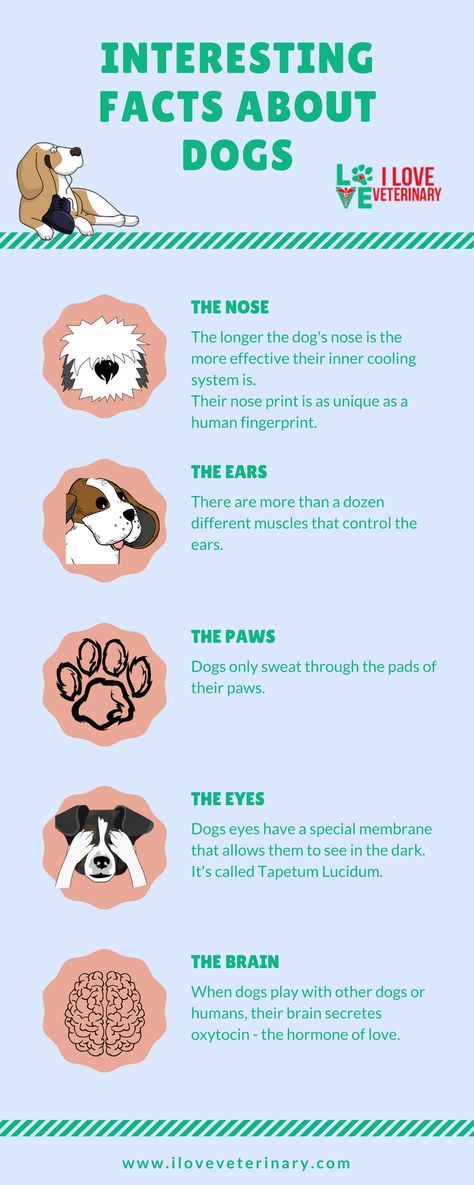 org
org - PlosOne
- PlosOne
- Psychology Today
- Share America
- The Anxiety Treatment Center
- Therapy Dogs
- Verywell Mind
- We Are Teachers
My beast. What is useful pet therapy | Healthy life | Health
Julia Ionova
Estimated reading time: 5 minutes
3208
AiF Health No. 7. What are the benefits and harms of salt for the body? 14/02/2017Shutterstock.com
It is no coincidence that pet therapy is so popular in the West - treatment with the help of animals. Admirers of this method bring a variety of pets to hospitals and nursing homes - from dogs and cats to . .. skunks and snakes. It is believed that each animal has its own specialization.
.. skunks and snakes. It is believed that each animal has its own specialization.
Rodents and turtles, for example, are shown to people with dementia. These animals help evoke distant memories: who didn't have a turtle, a hamster, or a guinea pig as a child? Snakes, according to pet therapy adherents, are natural masseurs (don't worry, only non-venomous snakes are used for massage). They are able to save a person from muscle tension, migraines and stress. True, only if you do not run away from the massage therapist, because 40% of people experience an irresistible aversion to creeping reptiles. But if you do not run away, they say, you will feel in seventh heaven with happiness. And not only from the procedure (they say it is pleasant), but also from the fact that they were able to overcome their fear.
However, such an extreme is not for everybody. Traditional beasts can be just as useful.
Dogs: from fear and insecurity
A dog is known to be man's best friend. But she is also an excellent psychotherapist who can help with stress, depression, neurosis. Dog therapy began to be used as early as 1796 in the English county of Yorkshire in a hospital for the mentally ill. Doctors noticed that after interacting with friendly dogs, the number of seizures in patients decreased. And in the second half of the 20th century, the American psychiatrist Boris Levinson discovered that the presence of his dog during a session helps to establish trusting contact with the client. And he began to resort to the services of a tailed assistant regularly.
But she is also an excellent psychotherapist who can help with stress, depression, neurosis. Dog therapy began to be used as early as 1796 in the English county of Yorkshire in a hospital for the mentally ill. Doctors noticed that after interacting with friendly dogs, the number of seizures in patients decreased. And in the second half of the 20th century, the American psychiatrist Boris Levinson discovered that the presence of his dog during a session helps to establish trusting contact with the client. And he began to resort to the services of a tailed assistant regularly.
Nowadays, dog therapy is recommended for people who are difficult to contact, including children with autism, Down syndrome, cerebral palsy, as well as anxious and insecure individuals - communication with an animal allows them to get rid of anxiety and fears. Another bonus is increased stamina and immunity: dog owners walk a lot and walk in any weather.
Cats: from heart attack and stroke
A cat is an independent and self-sufficient creature.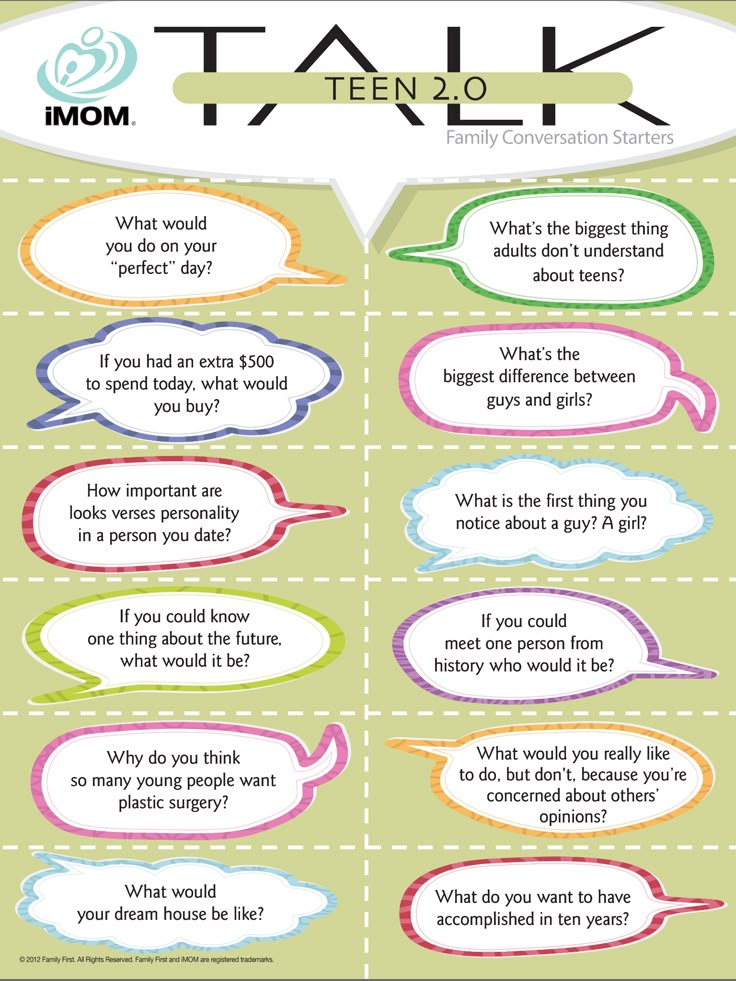 If the owner is in the mood to play - he will play (if he is in the mood), no - he will not pester. However, being around a cat is good for humans. Scottish scientists have found that cat owners have a 20% lower risk of heart attack and stroke compared to those who do not have cats at home. Largely due to ... cat's purr. Researchers have found that these sound vibrations promote the production of the happy hormone serotonin. The more often Murka presents you with such a symphony, the calmer your nerves and better mood will be.
If the owner is in the mood to play - he will play (if he is in the mood), no - he will not pester. However, being around a cat is good for humans. Scottish scientists have found that cat owners have a 20% lower risk of heart attack and stroke compared to those who do not have cats at home. Largely due to ... cat's purr. Researchers have found that these sound vibrations promote the production of the happy hormone serotonin. The more often Murka presents you with such a symphony, the calmer your nerves and better mood will be.
Cats are also credited with a unique ability to absorb negative energy. It was these animals that were once the companions of empresses and priestesses. It was believed that they scare away evil spirits. Nowadays, few people believe in spirits, but they can really scare away the disease. When the cat is placed on the sore spot of the owner, it becomes easier for him.
Fish: from stress and anxiety
Scientists from the Universities of Plymouth and Exeter (Great Britain) conducted a study on the effect of aquarium fish on human well-being.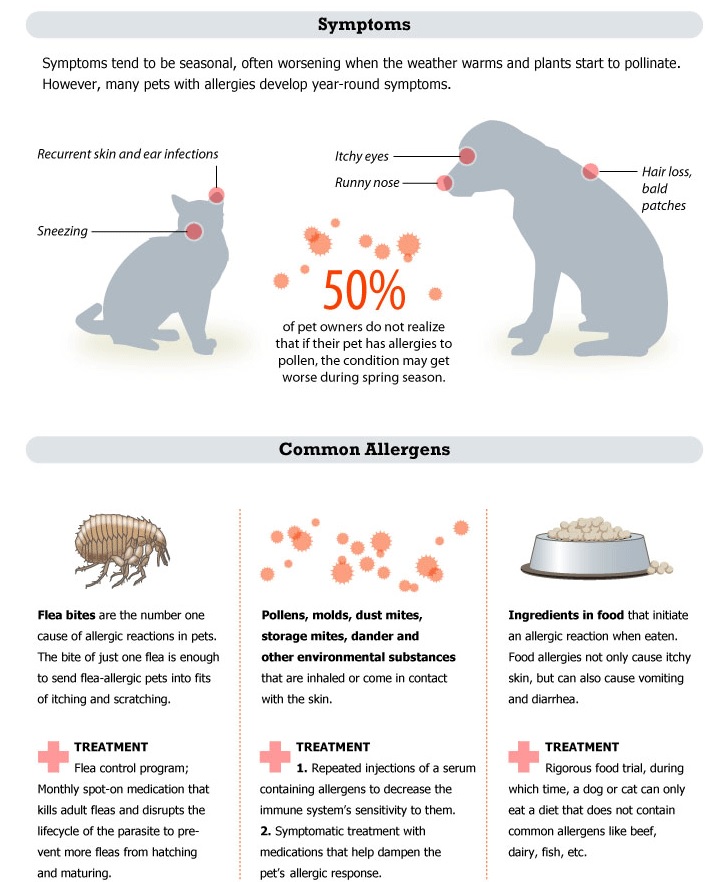 It turned out that in people who examine the inhabitants of the aquarium for at least 15 minutes a day, blood pressure and heart rate decrease. The person relaxes and calms down. And even though you can’t pet the fish, like a cat or a dog, there’s less trouble with them. In addition, the aquarium humidifies the air in the apartment, which is important at the height of the heating season.
It turned out that in people who examine the inhabitants of the aquarium for at least 15 minutes a day, blood pressure and heart rate decrease. The person relaxes and calms down. And even though you can’t pet the fish, like a cat or a dog, there’s less trouble with them. In addition, the aquarium humidifies the air in the apartment, which is important at the height of the heating season.
Birds: from apathy and melancholy
It is equally useful to keep birds at home. It is believed that birds with their chirping activate brain processes, stimulate creativity, and prevent a state of apathy and melancholy. Therefore, get a bird - and you will be happy! The flooding trills of a canary or the amusing chatter of a parrot will instantly pull you out of dull hopelessness.
Olga Ushakova, TV presenter:
– I remember we had a cat. Every time I had a headache, he would jump into my bed and curl up right on top of my head. We currently have a Bichon Frize dog. When the children are sick, she is always there for them. And if I have any problems, she looks into my eyes so touchingly, as if asking: what happened?
When the children are sick, she is always there for them. And if I have any problems, she looks into my eyes so touchingly, as if asking: what happened?
See also:
- Scientific approach. How to live happily ever after? →
- Upgrade your memory! Fighting forgetfulness →
- Everyone in the garden! 5 reasons to leave the city →
human psychologypets
Next article
The most interesting in social networks
Media news2
How animals heal. True Stories and Scientific Facts About Animal Therapy
Hippotherapy: lessons with horses
The method has proven itself for the treatment of disorders of the nervous system and the musculoskeletal system. In recent years, medical clinics are increasingly cooperating with riding centers, where they carry out rehabilitation of patients with autism and cerebral palsy.
The first non-fictional story
Sergei was born with a diagnosis of cerebral palsy.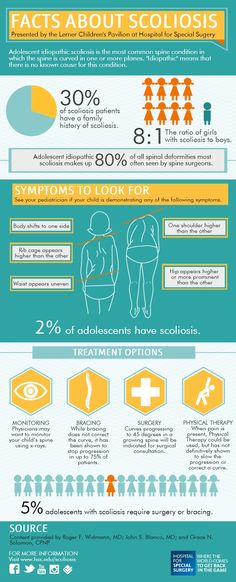 Moves in a wheelchair. 10 years ago, horses literally saved his life. In 2012, Sergei had an unhappy love, and the young man was already ready to commit suicide, but then he was sent to a course of hippotherapy, which he had long dreamed of.
Moves in a wheelchair. 10 years ago, horses literally saved his life. In 2012, Sergei had an unhappy love, and the young man was already ready to commit suicide, but then he was sent to a course of hippotherapy, which he had long dreamed of.
- The Hermitage, that was the name of the horse, was not just a horse, but a friend who treated and supported in difficult moments of life, getting rid of black thoughts. Sometimes even hard, dropping me. He answered me with his breath, and it became so good that it was indescribable. For me, hippotherapy is not just a method of treating cerebral palsy, but a therapy for mental pain. It helps not to withdraw into oneself, not to be left alone, - Sergey Proskurnov.
Hippotherapy also gave Sergei the opportunity to feel his legs.
— By the middle of the course, my spasticity had decreased, my legs were burning and I was happy because I felt that I have them! — Sergey Proskurnov.
Spasticity is a consequence of an organic lesion of the brain, which is characterized by blocking the supply of impulses from the brain to the spinal cord. The disease manifests itself in the form of muscle spasms, cramps in the arms, legs and cervical region. Most often, involuntary muscle contraction occurs at night.
The disease manifests itself in the form of muscle spasms, cramps in the arms, legs and cervical region. Most often, involuntary muscle contraction occurs at night.
Canistherapy: communication with dogs
The adoring look of a dog already has an incredibly positive effect on a person, improves mood and self-esteem.
For the first time, the positive effect of dogs on sick people was noted in the 18th century by the English doctor William Tuke. Working in his clinic for the mentally ill, the doctor described in 1796 that patients, communicating with dogs living on the territory of the hospital, show less aggression, and their schizophrenic attacks become less frequent.
However, it was only in the 1970s that the use of dogs as an adjunctive therapy began, thanks to the American child psychiatrist Boris Levinson. He also introduced the term "pet therapy", from the English pet - an animal, a pet.
Thanks to their devotion, dogs give a person love, relieve depression and loneliness.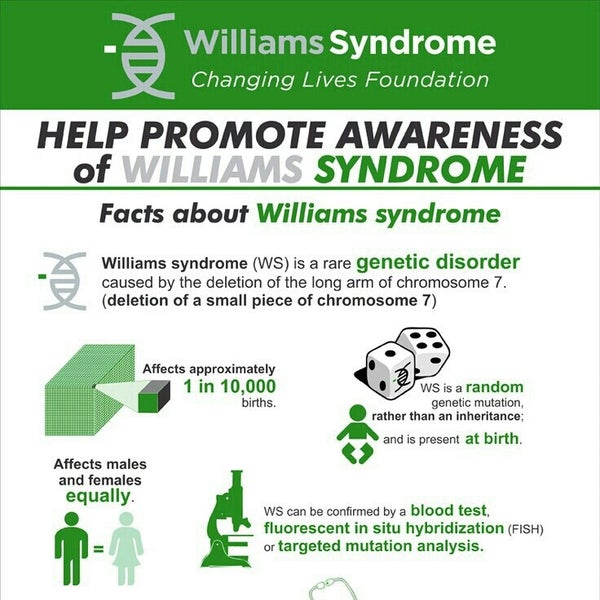 And having a developed intellect, the ability to navigate the terrain and protect the owner, they become indispensable companions for visually impaired and blind people. In recent years, pet therapy has been successfully used to recover from injuries, stress disorders, strokes, and to overcome disorders in epilepsy, neurosis, autism, cerebral palsy, Down syndrome, and various types of dementia.
And having a developed intellect, the ability to navigate the terrain and protect the owner, they become indispensable companions for visually impaired and blind people. In recent years, pet therapy has been successfully used to recover from injuries, stress disorders, strokes, and to overcome disorders in epilepsy, neurosis, autism, cerebral palsy, Down syndrome, and various types of dementia.
The second non-fictional story
Oksana's 13-year-old son has autism. Until the age of 10, the boy did not perceive anyone except his mother. The approach of even a native uncle or grandmother ended in a violent reaction. Until a puppy appeared in Yegor's life. Ordinary, yard, no one needs. Oksana recalls:
- Yegor went up to the puppy and began to pet him. The first impulse was to forbid, but then I realized that my child interacts not only with me and ... he smiles, he is happy. I was not going to get a dog, but Yegorka pressed this flea lump to his chest and did not want to let go. So Iy appeared in the house, such a name, denoting the highest delight, was given to the dog by the son.
So Iy appeared in the house, such a name, denoting the highest delight, was given to the dog by the son.
Three years have passed since then, the boy does not part with the dog, he keeps him on a leash during walks. He became more contact and even began to speak and draw better. And Oksana can now leave him for a while with her grandmother and, of course, Iem.
World practice of canistetherapy
Since the end of the last century in Germany, special wards with dogs have been equipped in medical centers for people who have been subjected to mental and physical abuse. And in a number of clinics in the UK, patients have long been allowed to be in the ward with a pet.
Labrador Retriever, German Shepherd, Golden Retriever and Black Terrier are most often prepared for canistherapy. But by and large, all dogs have a positive effect on health.
The choice of breed should take into account the nature of the disease. So an energetic dog is suitable for obese people, and not very active for patients with cardiovascular diseases, for excitable people a phlegmatic sharpei or an English bulldog will be a good option.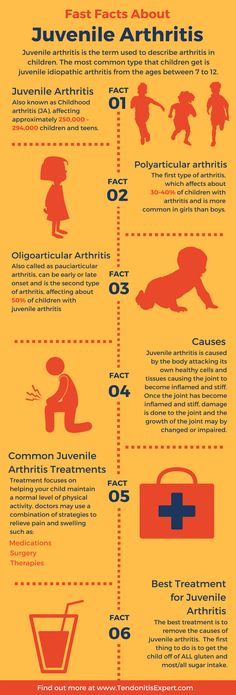
And there is nothing to say about the benefits of joint games and walks in the fresh air. Let's just say that it brings more benefits to the elderly and people with physical inactivity, who, thanks to the pet and the need to walk it, begin to lead an active lifestyle.
Many shaggy healers have a subspecialty that can take time to train, averaging one to two years of regular training. When choosing a dog for a “treatment” position, many factors are taken into account, starting with character and obedience, ending with natural intelligence and perseverance.
Through many studies, scientists from different countries have proven that 15 minutes of stroking a dog can normalize the pulse and heart function, improve mood, reduce blood pressure and stress levels.
Since 2016, the “canis-therapy” technology has been included in the reference register of social rehabilitation methods of the Ministry of Social Development and has been used in a number of state medical centers and hospitals.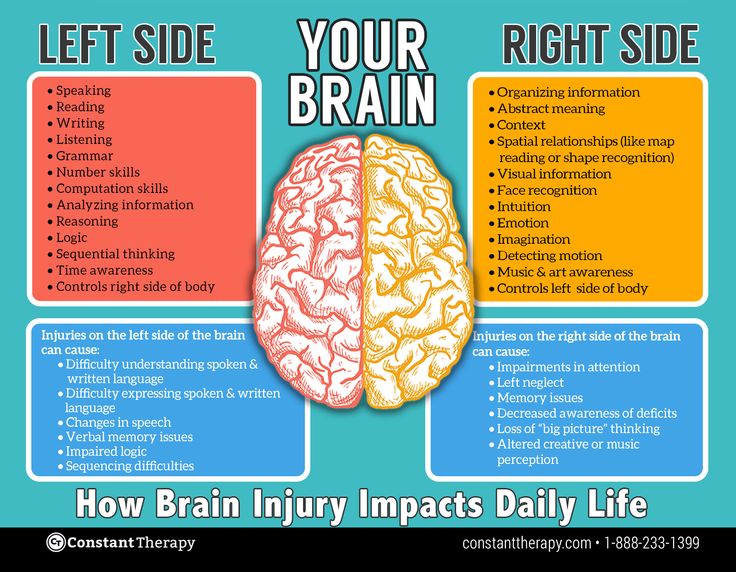 At the same time, a register of Russian therapy dogs was created and the issue of equating them in status with guide dogs is being considered.
At the same time, a register of Russian therapy dogs was created and the issue of equating them in status with guide dogs is being considered.
It is symbolic that the first course of canistherapists - specialists in the training of rehabilitation dogs graduated five years ago from the First St. Petersburg Medical University named after Academician Pavlov.
For healthy people, communication with a dog is a prevention of nervous disorders, depression and chronic fatigue syndrome.
The third non-fictional story
Former retired head teacher Irina Petrovna, after the death of her husband, suffered a cascade of strokes that bedridden her. Neither massages and therapeutic exercises, nor medication helped the woman to get back on her feet. And then her daughter read about the research of the Community and support of canistherapy, opened at the Pavlov First Medical University.
— Without thinking twice, I got a grown-up Labrador puppy, well-mannered, smart and very kind. They immediately found a common language with my mother. Mom always took care of everyone and suffered a lot that she became a "useless burden." And then she had to play with Gabbashka, educate him. Mom felt needed and useful. And, without realizing it, in the game with the dog, she went on the mend. Her hands became more obedient, motor skills improved. A year later, she was already able to move herself from the bed to the stroller. Gabby fulfilled dreams. Dog therapy is the best therapy in the world. And, mother - I believe, she will get up and start walking, - Sofya Belova.
They immediately found a common language with my mother. Mom always took care of everyone and suffered a lot that she became a "useless burden." And then she had to play with Gabbashka, educate him. Mom felt needed and useful. And, without realizing it, in the game with the dog, she went on the mend. Her hands became more obedient, motor skills improved. A year later, she was already able to move herself from the bed to the stroller. Gabby fulfilled dreams. Dog therapy is the best therapy in the world. And, mother - I believe, she will get up and start walking, - Sofya Belova.
Feline therapy: interaction with cats
Do cats relieve pressure and is it true that these animals are able to "pull" the disease onto themselves?
Cats have a unique biofield that has a positive effect on the human body. The animal is placed on the sore spot of the owner and with its warmth improves blood circulation and relieves spasms.
According to British scientists, a peaceful purr with a frequency of 25 to 150 Hz relieves pain and reduces inflammation. The beneficial effects of cats in lowering blood pressure and healing bones and joints are also confirmed by studies by Russian and American scientists. So, employees of the Institute of Animal Communication in North Carolina, observing injured cats, came to the conclusion that animals self-healed themselves with vibrations. They also proved that the bones and joints of patients in the traumatology department grew together faster if a cat was placed next to the sore spot. And in 2016, employees of the Volgograd State University conducted a series of experiments that confirmed the theory that cats can lower blood pressure in people who pet them. The effect was explained by a decrease in static stress and, as a result, the removal of spasms of small vessels.
The beneficial effects of cats in lowering blood pressure and healing bones and joints are also confirmed by studies by Russian and American scientists. So, employees of the Institute of Animal Communication in North Carolina, observing injured cats, came to the conclusion that animals self-healed themselves with vibrations. They also proved that the bones and joints of patients in the traumatology department grew together faster if a cat was placed next to the sore spot. And in 2016, employees of the Volgograd State University conducted a series of experiments that confirmed the theory that cats can lower blood pressure in people who pet them. The effect was explained by a decrease in static stress and, as a result, the removal of spasms of small vessels.
"Recipe for cat therapy" is prescribed for hypertensive patients, neurasthenics and people with weather sensitivity.
The fourth non-fictional story
Sophia was 34 years old when she was diagnosed with cancer. The woman endured the first course of chemotherapy very hard. After the second, her mother moved in with her cat Basya. Basya accompanied Sophia at every step and even slept with her. The woman endured the third course more easily, and after a while, having passed the examination, she heard the incredible: “I don’t understand anything. You are healthy". Two months later, Basya suddenly died of cancer. Sophia believes that the cat pulled the disease over herself, although science is unlikely to agree with this.
The woman endured the first course of chemotherapy very hard. After the second, her mother moved in with her cat Basya. Basya accompanied Sophia at every step and even slept with her. The woman endured the third course more easily, and after a while, having passed the examination, she heard the incredible: “I don’t understand anything. You are healthy". Two months later, Basya suddenly died of cancer. Sophia believes that the cat pulled the disease over herself, although science is unlikely to agree with this.
There are far more skeptics of feline therapy than adherents of this technique. Most scientists are inclined to believe that cats are just an anti-stress, and a person heals himself, receiving positive emotions from communicating with a mustachioed-striped one.
Cats are cute egoists. They alleviate the condition of a person, but they do it not purposefully. The cat lies down on the intersection of magnetic fields, on a sore spot - not because she came to treat, but because it is warmer and more negative in energy.
Cats are able to feel inflammation and the slightest increase in temperature. Their vibrations calm a person, he feels the warmth of a living being and his seeming love. That is, cats have a more psychosomatic effect, and when a person is calm, feels affection and warmth, he recovers faster, - the president of the Minuet Cat Fanciers Club, psychologist Larisa Potokina.
Dolphin therapy: games with marine life
Dolphin therapy is a therapeutic swimming with dolphins that helps relieve muscle and psycho-emotional tension.
Scientists say that the special positive health effect of dolphin therapy is due to three factors. Firstly, it is believed that dolphins heal the soul, give positive emotions and, helping a person to relax, switch attention to themselves, forcing them to distract from problems and fears. Secondly, communication with them takes place in the water, which in itself has a healing effect on a person. And thirdly, these smartest animals are famous rescuers, being next to them in the water, even those who cannot swim feel confident and secure.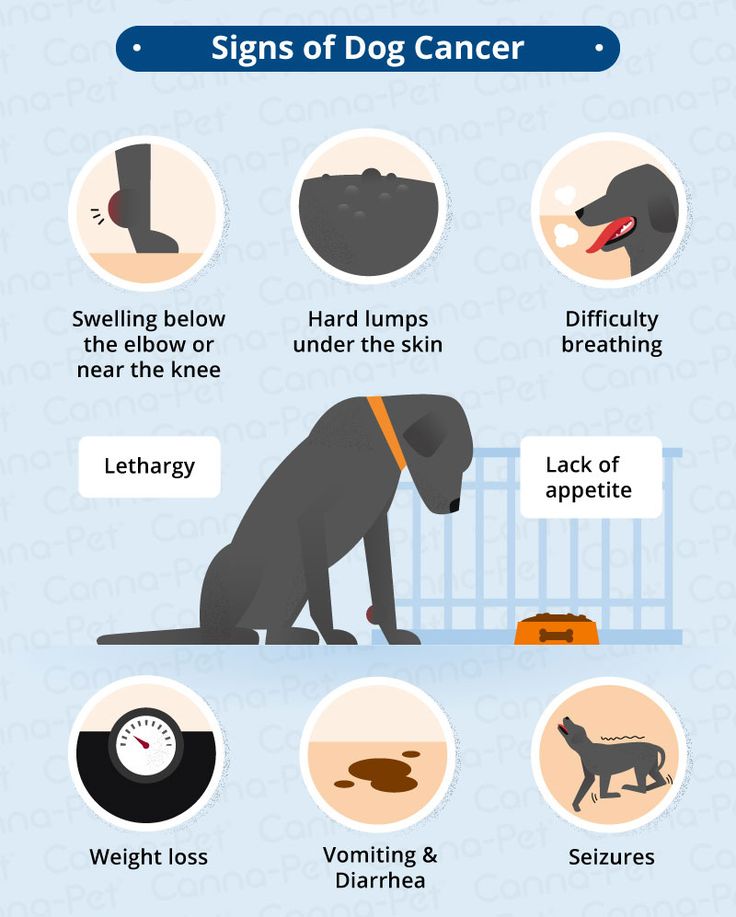
Also, dolphin therapists from many countries of the world claim that not only communication and swimming by a dolphin heals, but also a special frequency of ultrasounds emitted by these animals. There are a number of officially confirmed facts when, after a course of dolphin therapy, people who suffered a serious mental shock regained the gift of speech, stopped stuttering and could socialize. In addition, the method is effective in the treatment of children with autism and cerebral palsy.
In fact, all living beings are capable of exerting a therapeutic effect on humans. For example, in some countries of the world, even chickens, goats, llamas and donkeys are used for zootherapy. In Africa, they are treated with the help of elephants and crocodiles, in Australia with the help of kangaroos. And yet, the most common and accessible therapy with the participation of an animal is canistherapy, where the main “healer” is a dog, and feline therapy, — a family psychologist, art therapist Olga Alekseeva.
